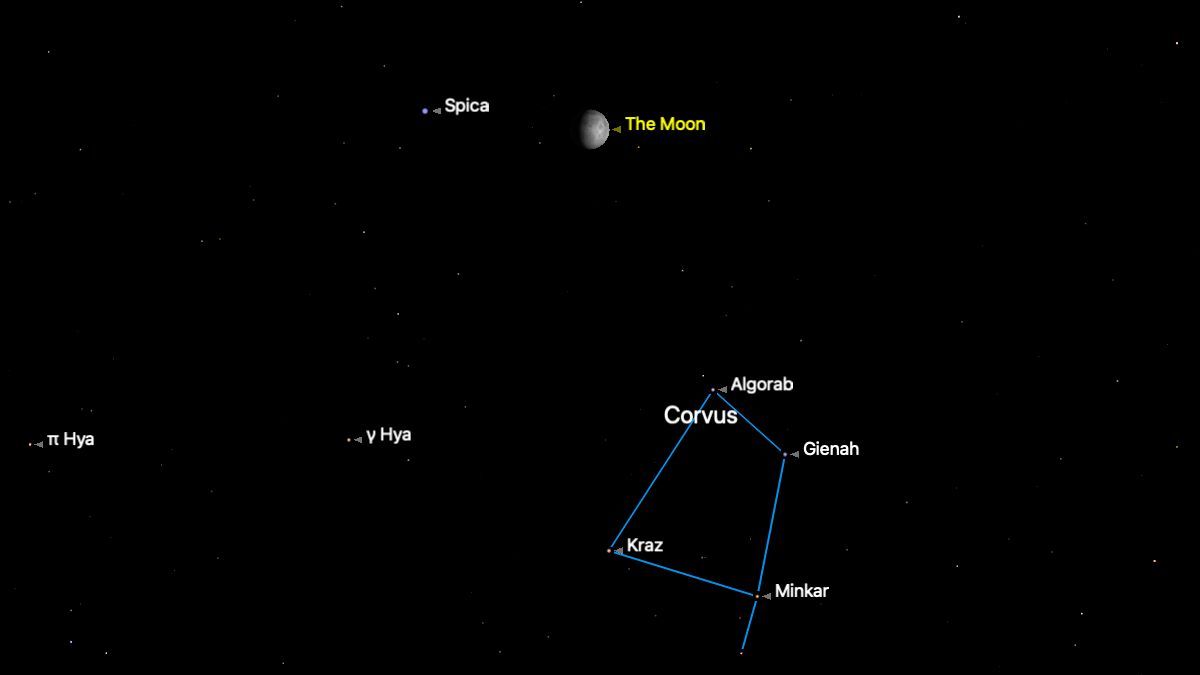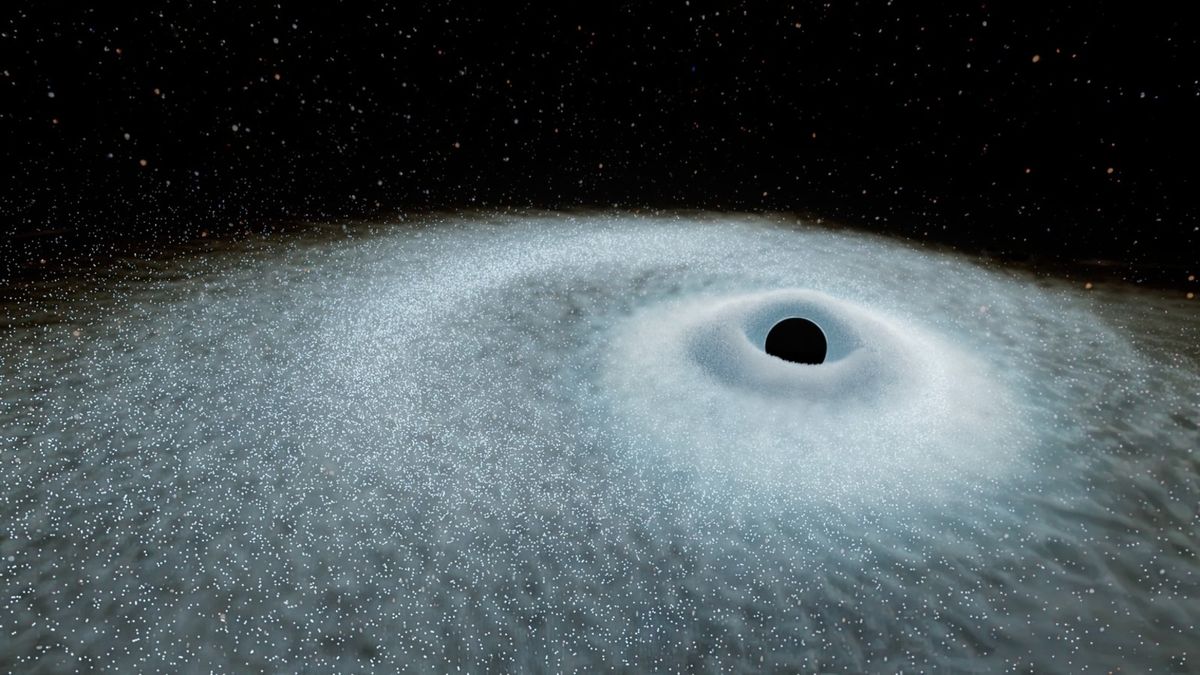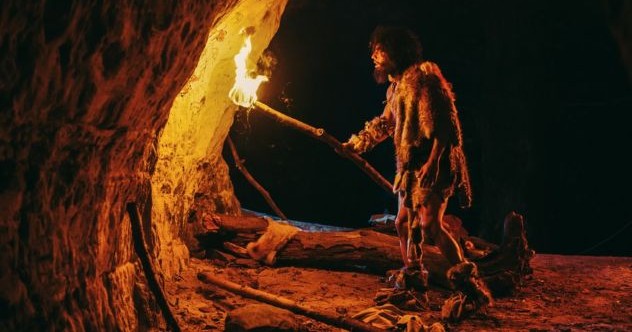Now Reading: Spica Joins Waxing Gibbous Moon in Tonight’s Sky Show
1
-
01
Spica Joins Waxing Gibbous Moon in Tonight’s Sky Show
Spica Joins Waxing Gibbous Moon in Tonight’s Sky Show

Quick Summary
- The waxing gibbous moon will shine close to Spica, a bright star in the Virgo constellation, on the night of June 5.
- In the U.S., the moon will be visible above the southwestern horizon an hour after sunset, with Spica located approximately seven degrees to its left.
- Throughout the night, Spica and the moon will appear closer together and set near each other on the western horizon by pre-dawn on June 6.
- A rare occultation event-where Spica is blocked by the moon-will occur in parts of Antarctica,tasmania,and nearby regions at around 8:23 a.m. ET (12:23 GMT) on June 6.
- Arcturus (a red giant star) will also be visible above the moon near zenith during this time, while Mars can be seen as a red light near Regulus in Leo’s constellation.
- Spica consists of two closely orbiting stars that form a binary system; their combined brightness is around 12,000 times more luminous than our sun.
Image Highlights:
- A sky map showing Spica shining close to a Gibbous Moon (Source: Starry Night).
!Night sky map showing a Gibbous Moon shining near Spica
- Suggested telescope for stargazing – Celestron NexStar 4SE Telescope (Source: Amazon).
!Celestron – NexStar Telescope
Indian Opinion Analysis
The celestial event involving India’s neighbors in time zones south of Antarctica highlights global stargazer participation and may inspire greater interest among amateur Indian astronomers or educators hosting public viewings nationwide spiraling legacy as slow-impact moments traditionally rippled within modern “astro-lit” calendars
Stay Informed With the Latest & Most Important News
Previous Post
Next Post
Loading Next Post...
























